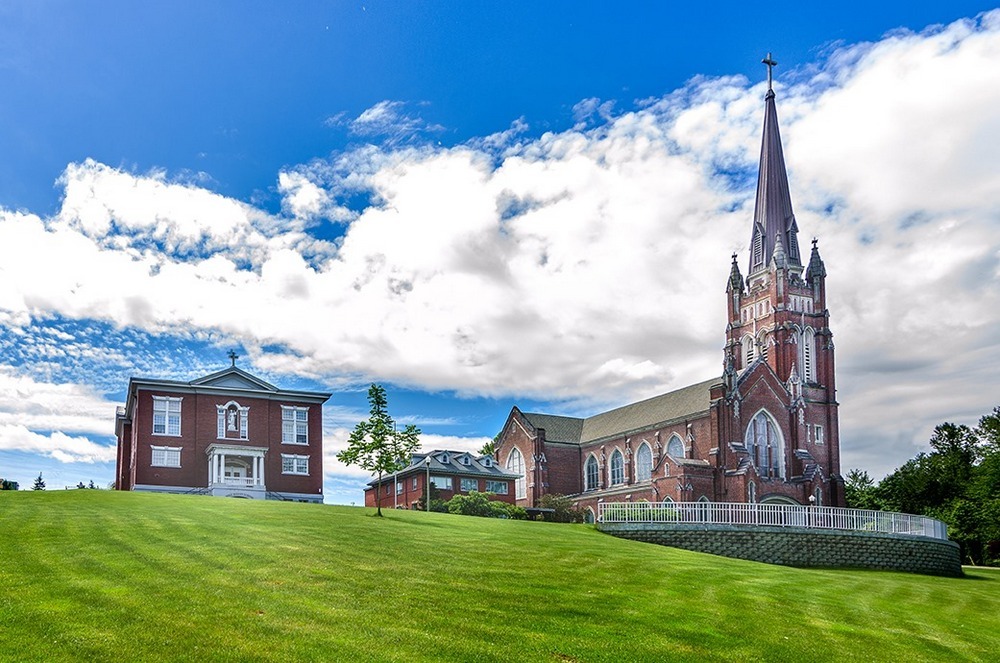The region’s current building boom might be great for the growing number of people moving to the area as developers add new housing and commercial developments to the local landscape, but those additions often come at the cost of historical buildings that have played roles in the tapestry of our collective heritage.
That’s where groups like Historic Tacoma and Washington Trust of Historic Preservation help raise awareness of neighborhood, city and regional sites that face uncertain futures either through neglect or demolition for redevelopment. The non-profit groups maintain watch lists of historical sites that are either falling into disrepair or otherwise face uncertain futures.
“Our goal in publishing this evolving list is to increase awareness of historic properties that are in transition in order to encourage conservation and adaptive reuse,” Historic Tacoma stated about its Watch List. “Some buildings are in danger because they are proposed for demolition, are suffering deterioration due to neglect, or are subject to potential redevelopment which would destroy significant historic features. Others are in the process of rehabilitation. Whenever appropriate, we also report success stories of creative adaptive re-use.”
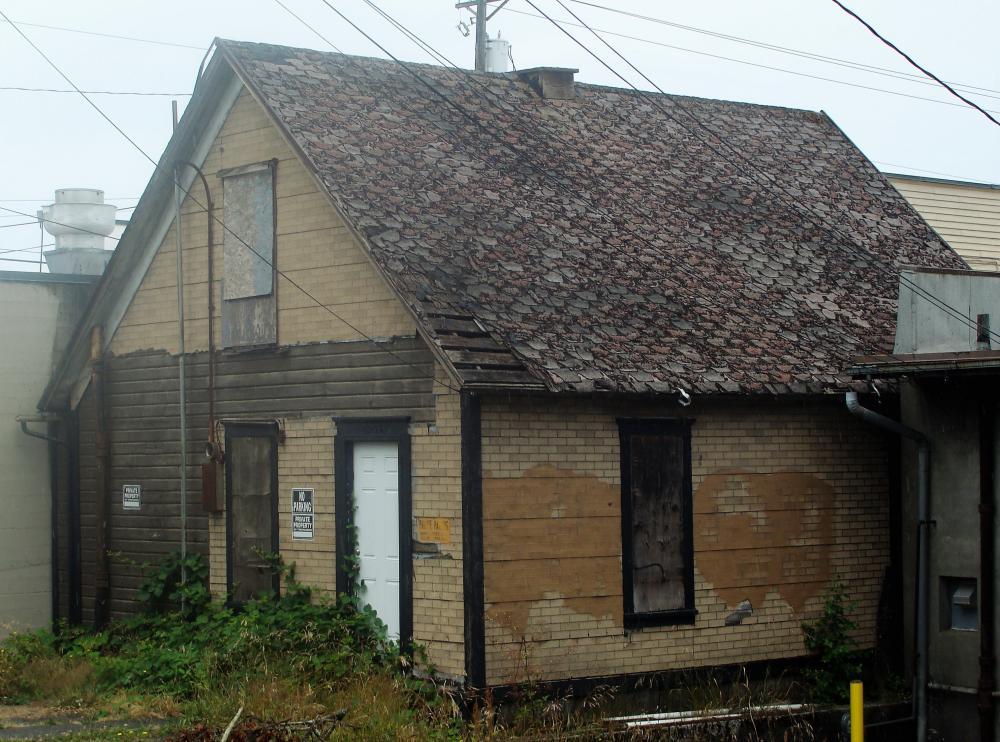
The nonprofit’s Watch List started some 15 years ago, during a time when the fight for the preservation of historic buildings centered on the now-demolished Luzon building that sat at the corner of 13th Street and Pacific Avenue. The 118-year-old building represented a breakthrough in building design by Chicago architects Daniel Burnham and John Root, who are considered among the fathers of the American skyscraper. The Luzon was a “transition building” of high rises since it used a steel framework as well as traditional brick and mortar. Before buildings like the Luzon, major structures were limited in height because all the weight was borne by their thick masonry walls. The steel frame allowed buildings to be lighter, and therefore grow taller.
After decades of neglect, however, the building had fallen into disrepair by the dawn of the new millennium. An $8 million renovation plan bubbled up and then burst in 2009. The death of that deal then led to the building being flagged as a public safety risk. It was demolished that fall, despite being listed on the National, State and City Registers of Historic Places. The site remains the only historical property on Historic Tacoma’s Watch List to be lost to new development, a fact the group don’t want to change with any new additions in the “lost” column.
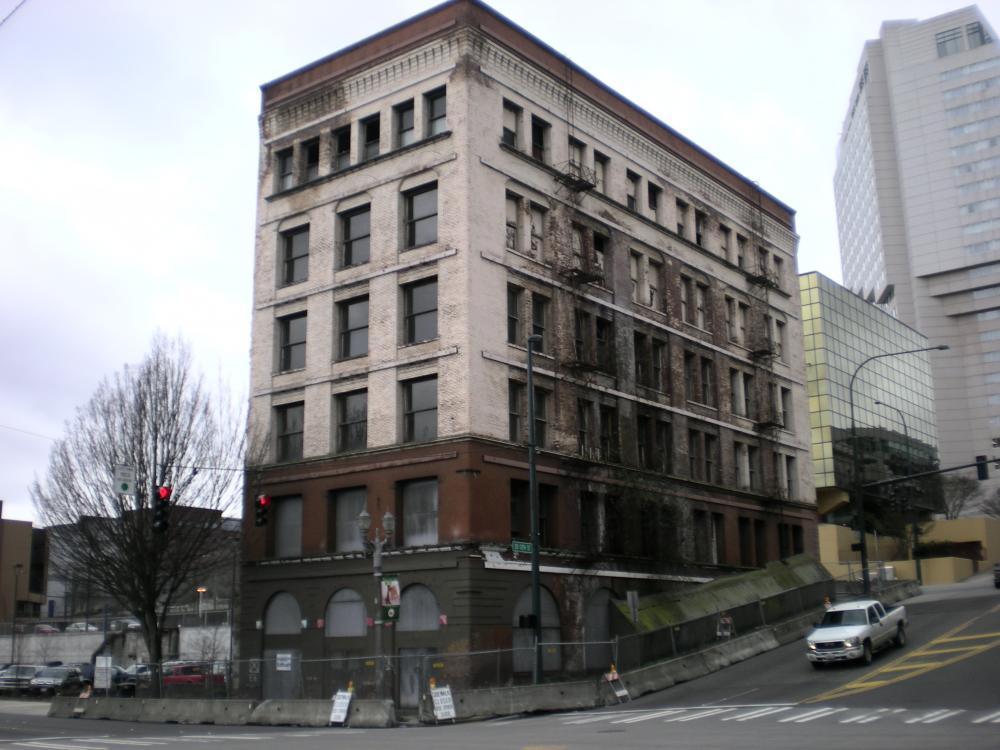
Four Tacoma properties are on its Threatened list, most notably Holy Rosary Catholic Church, which has been fenced off by the Diocese of Seattle over questions about its need for repairs after water damage caused chucks of the ceiling to fall in the choir loft last year. Other buildings on Historic Tacoma’s list of Threatened Sites include the Coleman House, Merit Building and the Olympic Dairy. Properties are listed as threatened if they face uncertain futures from needed repairs, new owners with planned changes or eminent demolition.
But many more properties find themselves on the group’s “radar” because they are either up for sale, face changes or encroachment by nearby developments.
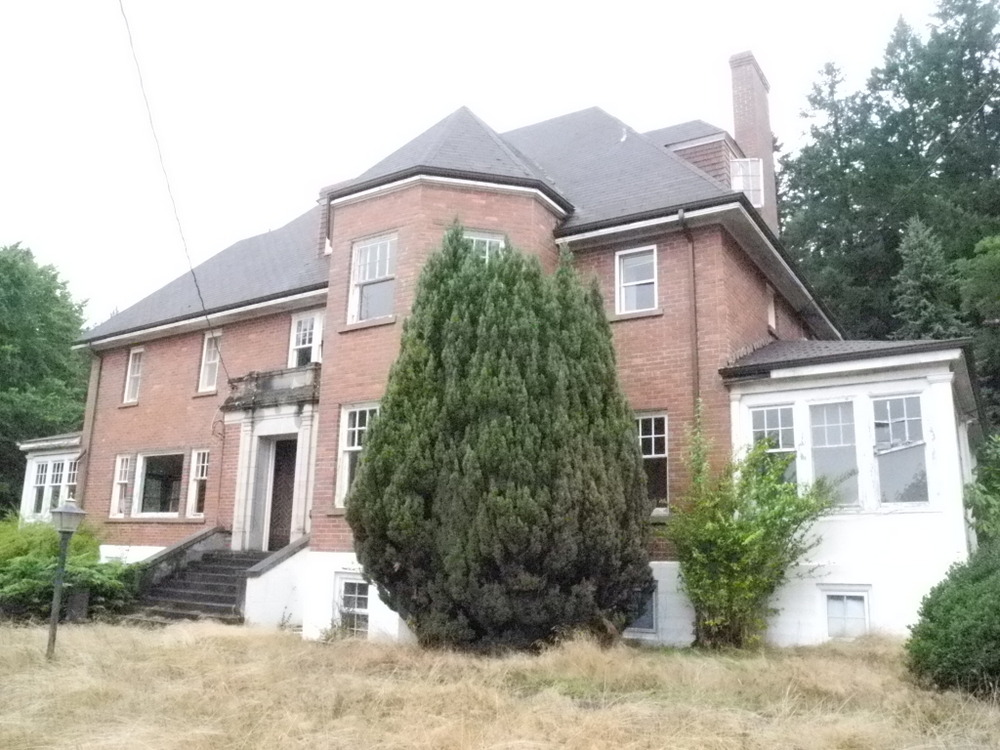
“Anyone can nominate – perhaps ‘suggest’ would be a better term – a building,” Historic Tacoma Board Member Marshall McClintock said. “We have a fairly simple form just to collect the basic info we’d need for creating a web post. Things like the build date, architect or builder if known, something about why the building is important and some information about the threat. The threat is often demolition, but it could also be serious neglect or damage, or perhaps a change in zoning that allows significant, inappropriate modification of an unlisted building.”
The group’s Watch list is updated periodically as development plans and conditions change in an effort to represent to most up-to-date threats to historical sites around the city. But keeping the list current also takes people being alert of the historic sites and conditions in their neighborhoods since the all-volunteer group can’t monitor every potential new development in the city.
“What we worry about mostly is that we’re really not doing a very good job of identifying threatened buildings,” McClintock said. “We pay attention mostly to what we see happening to buildings we regularly go by. We spot a ‘for sale’ sign or notice something going on. We keep our ears to the ground for what people have heard. The demolition review process that the city has just instituted is a good first step toward the city making an effort to protect historical resources or at least to have a public discussion about whether they warrant saving or at least documenting.”
That’s where the “suggestions” from neighborhood residents comes in since those suggestions can boost the knowledge about the historical significance of a property that might otherwise look like just another building in need of repair.
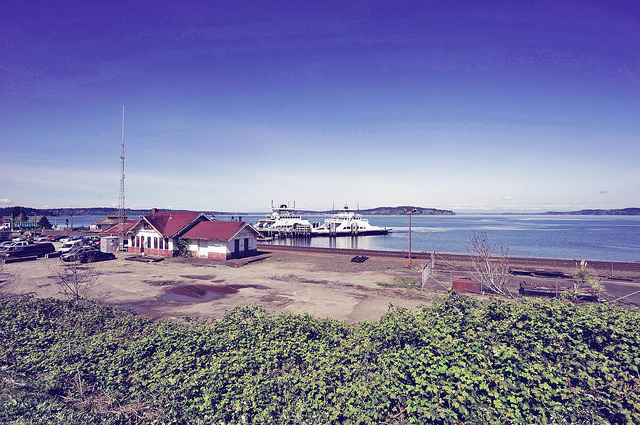
“One thing where the Watch List definitely helps is providing folks with a handy link with a pithy description and pictures that they can send to friends and fellow preservationists or council members and other government folks,” McClintock said. “That has a significant effect is helping to generate grass roots support.”
The Coleman house, for example, looks like a small, long-neglected house in the otherwise prosperous Proctor District of Tacoma. It dates, however, back to 1905. That makes it the oldest building in the neighborhood. On top of being the residence of early neighborhood residents Michael and Elizabeth Coleman, it was also then a barbershop, a bakery, a shoe repair shop, and a beauty shop. It has since fallen into disrepair as the neighborhood undergoes a building boom that threatens it to become a historical footnote, especially since the land has recently been sold and the new owner has sought a demolition permit.
A list of threatened historical properties with statewide reach, Washington Trust’s Most Endangered Places lists the top properties around the state that could go the way of the wrecking ball. Local sites on the Trust’s list include the Steilacoom Train Depot, which was built in 1914 but has not been used as a train station since 1972. The nonprofit also listed McNeil Island on its endangered list since the state has done little to protect the island’s historical sites from falling into disrepair after the prison closed in 2011. Most notable among those locations are older sections of the prison and the former warden’s house.


































